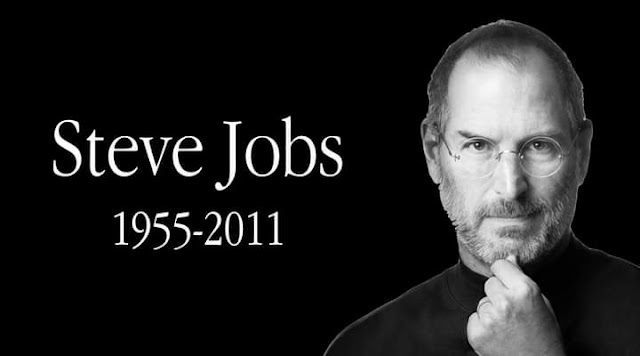Helping developers build powerful, portable Internet applications
In early 2020, the Chrome team on all cell phones and laptops developed a program to improve the availability and engagement of installed Internet applications. Our work has created more than 100% growth in the installation and integration of PWA. We've done this by studying current activities, walking A / B, and looking at tests with the user
discussions to gain insight into users' opinions and expectations. This article talks about how we got there.
The call-to-movement that triggers the PWA installation varies across the web. In Chrome on Android, we were settled in the Add to the home screen, however, in our Desktop Basics, we emphasized Install. The purpose of this distinction has come here in the view of a team conducted in 2016 that compared the unusual strings. The team noticed that Add to Home display worked better, as long as it was smaller, on mobile phones.
A similar look at taxonomy in 2019 did not determine the difference, so the team that is trying to integrate PWA is launching a revel in, deciding to update the label to Install it on Android. A similar look at 2021 as compared to Language, Enter, Find, and Download, and we saw that customers understand Enter because of the ever-evolving process. Users felt a click on the Find button to send the buyer to the website, and by downloading, they thought the document might appear in their download folder or equivalent.
With all of this in mind, we conclude that the 'Apply high quality' label is suitable for PWAs. We suggest that engineers across the entire website do the Installation because the character unit you want is running.
In our desktop programs, we have a design pattern that each time an Internet site has a PWA, Chrome will display a tablet from the right Omnibox with the icon and the Insert label. After that, when a user visits the site, only the icon can be present. Clicking on this tablet triggers a PWA computer setup.
The thumbnail has been changed to a compilation image in the beginning, due to the Add to the home metaphor used on mobile. However, as noted, the language we used changed to Enter. The words we got from the developer network made this icon more complex. Additionally, when a user uses the zoom function to enlarge text content, the zoom icon looks more similar, making the user even more complex.






